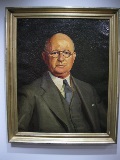Willis & Knighton
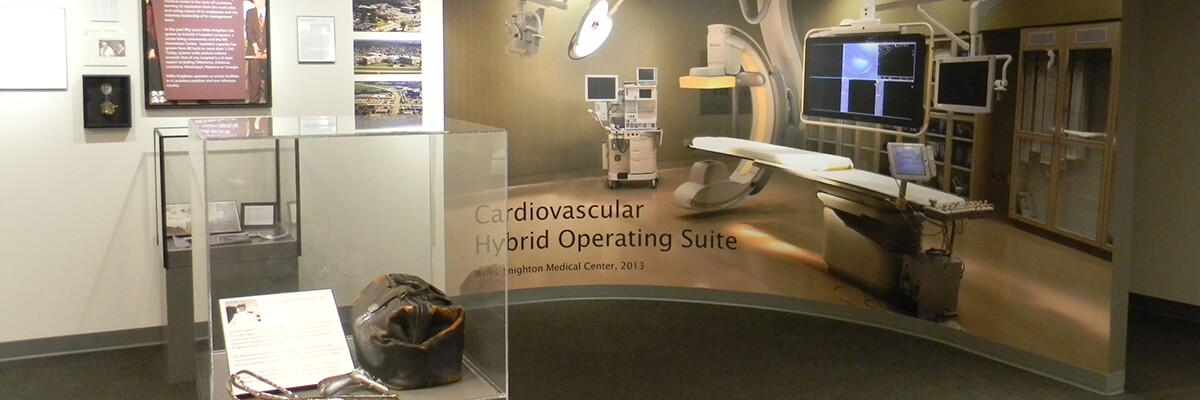
Willis & Knighton
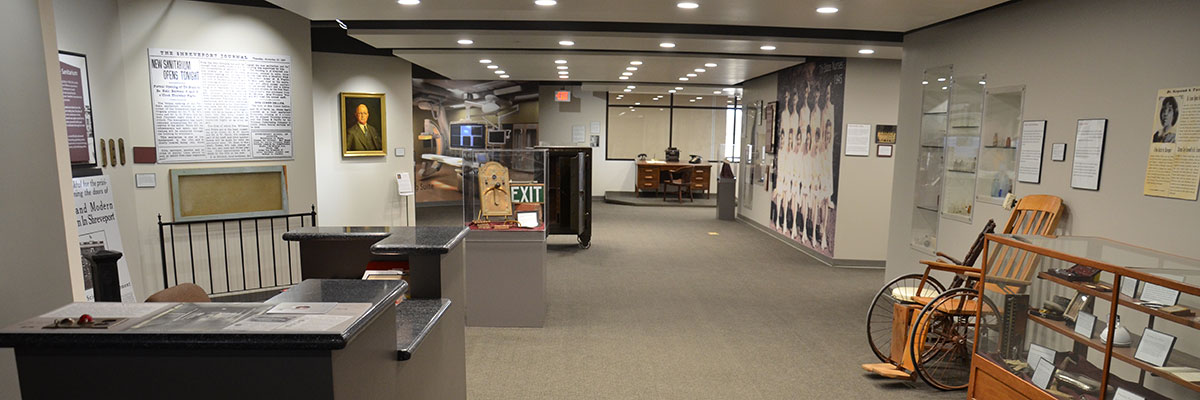
Willis & Knighton
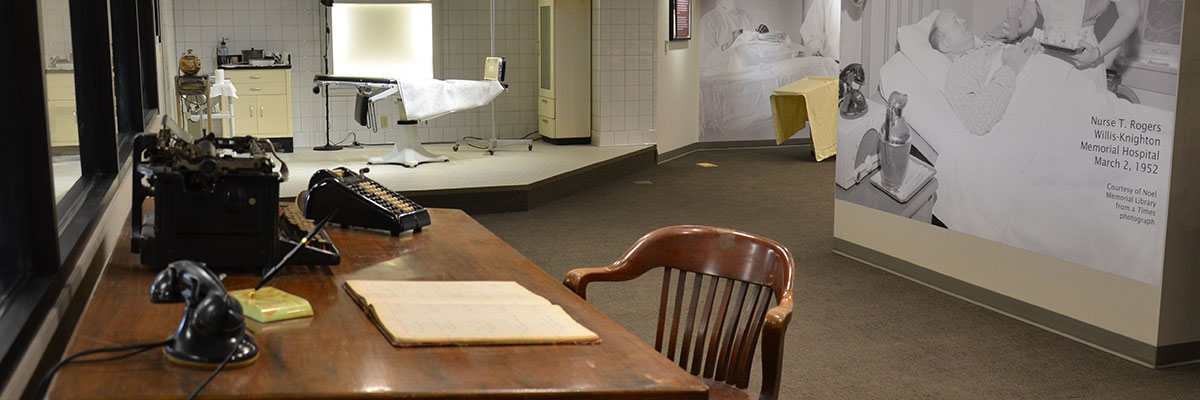
Willis & Knighton
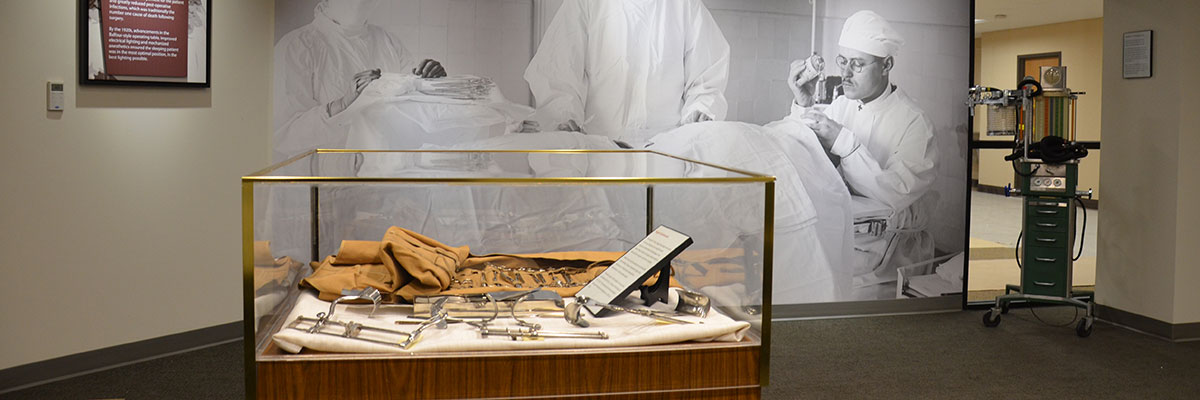
Willis & Knighton
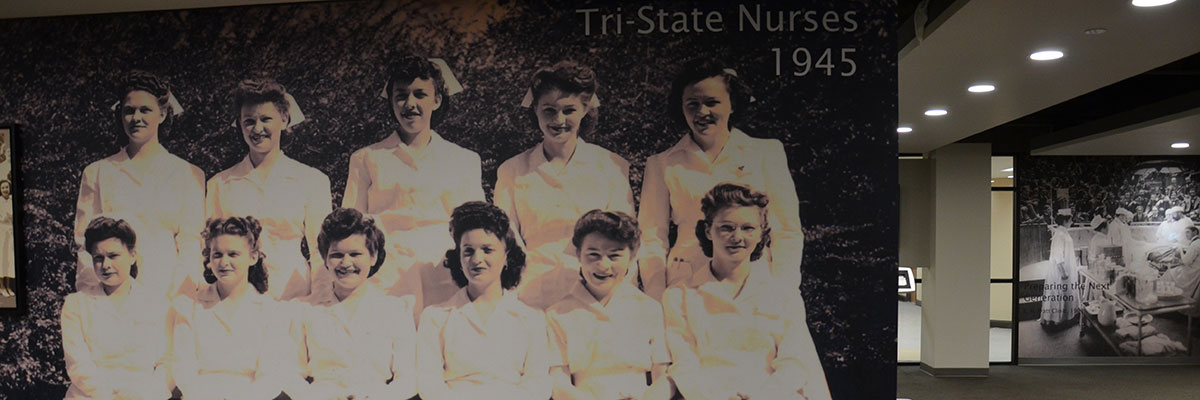
Willis & Knighton
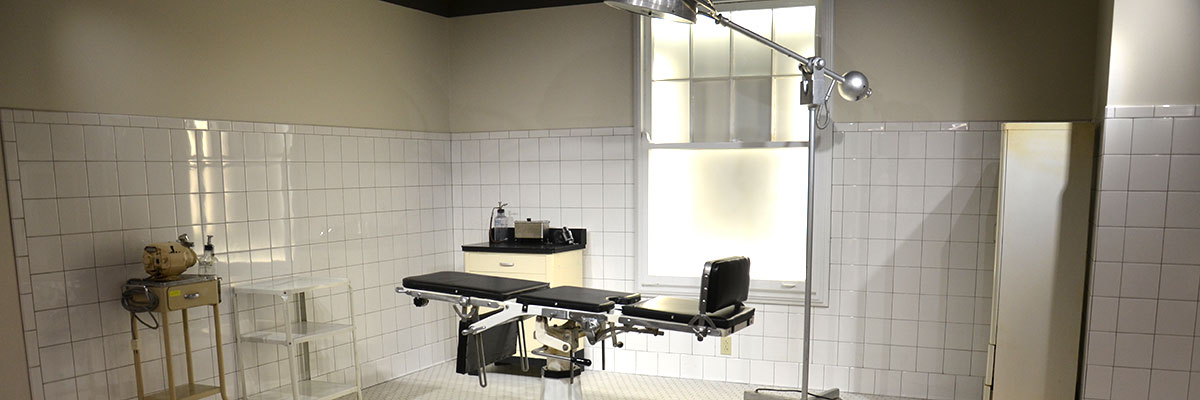
Discover the men behind one the region’s most familiar household names. Who were Drs. Willis and Knighton, and what did they do for the field of medicine in their community? Exhibit highlights include original oil portraits of the medical giants, artifacts and material culture associated with their tenure and professional lives.
Oil Painting of Joseph Edward Knighton
Description
This oil painting was done artist and art teacher, F. Hutton Shill. During the 1930's and 1940's, Shill lived and taught in Arkansas. He often came to Shreveport to teach at the city's Academy of Fine Art and the Shreveport Art Club. It's likely there is where Shill met Dr. Knighton who was active in the arts community of Shreveport. This portrait and a companion painting of Dr. Knighton's longtime colleague, Dr. James C. Willis were hung in the hospital for years before being transferred to the Talbot Museum
Dr. Joseph Edward Knighton was born in Claiborne Parish in 1870 and for several years as teen lived with his uncle doctor in Texas. This may have given him a taste of the career to which he would devote his life. Knighton graduated in 1899 from the University of Nashville’s Medical School. He began practicing in Homer, Louisiana after graduating.
Around 1910, he and another Homer doctor, James C. Willis joined their practices and moved to the growing community of Shreveport. Dr. Knighton, however, wasn’t your typical country doctor studying at Tulane, Johns Hopkins, and Chicago Universities as well as European hospitals. Both Drs. Knighton and Willis grew in stature in the Shreveport and within the Louisiana medical community and in 1929, they along with several other physicians bought the Tri-State Hospital.
Dr. Knighton would be deeply involved in the Shreveport community affairs until his death in 1949. His son, Joseph E., Jr. would carry on the family tradition becoming a doctor and practicing alongside his father and his daughter, Ruth, married a long-time associate, Dr. William S. Kerlin,
Location in Museum
This item is located within the Willis & Knighton Exhibit.Age
Circa 1930s


